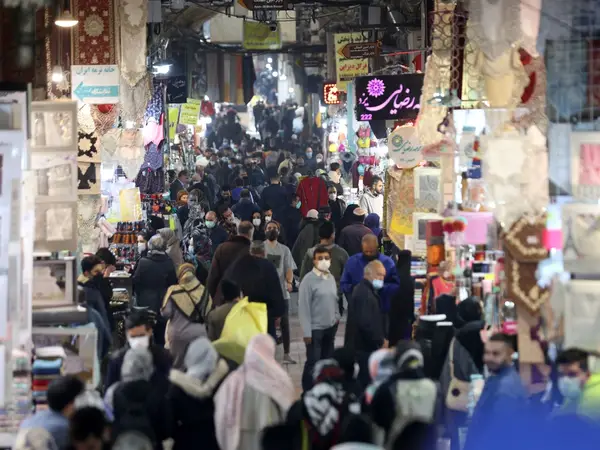Prices for essential food items jumped more than 60 percent in Iran in October compared with the same period last year, showing a relentless pace in inflation.
The highest price increase was related to sugar, which jumped by 76 percent compared to October 2020 as the government stopped allocating cheap dollars for its import. The data was released this week by the Ministry of Industry, Mines and Trade.
Since April 2018, Iran has been providing US dollars to importers of essential goods at the preferential rate of 42,000 rials, while the dollar has steadily climbed against Iran’s rial, reaching 290,000 in November.
This was in fact a food subsidy first provided when looming US economic sanctions in early 2018 were already creating high inflation in the country.
The cash-strapped government has been winding down the preferential dollar rate, which could push the current 50-percent inflation rate even higher. This indirect subsidy has cost the government at least $8 billion a year, roughly equal to its oil income in the same period.
Sugar is a vivid example as an essential food staple, with the price expected to rise even higher as stockpiles of subsidized imports decline and importers have to buy dollars at much higher rates.
Rice, which is a central staple of Iranian diet rose by more than 60 percent compared to last year. Imported rice had a smaller price increase, because of the indirect government subsidy, which could run out in the near future.
The reason for the steep price increase of domestic rice could be partly attributed to worsening drought this year, but production cost including fertilizer, and overall inflation also play a role.
Price of chicken meat increased by 42 percent, reaching $1.30 per kilogram. This is a good price compared with other countries, but the falling incomes of Iranians should be considered. A blue-collar worker earns around $100 a month and an office worker $150. If the worker has to feed a family of three, buying poultry becomes difficult and buying red meat at $4-5 becomes a luxury.
Reports say that meet consumption has fallen by around 40% this year as the price rose an average of 60 percent.
An even more alarming inflation news pertains to price increases in just one month, from September to October. Food prices rose between 1.9 to 8.4 percent on month-to-month basis, a sign of more trouble down the road.
Iran has experienced rounds of protests since December 2017, all triggered by high inflation. But every protest quickly turned into anti-government and anti-regime unrest. Economic hardship leads to demonstrations, but protesters have other deep grievances, such as religious restrictions on lifestyle, government corruption, nepotism and pessimism about the future that quickly manifest themselves.
